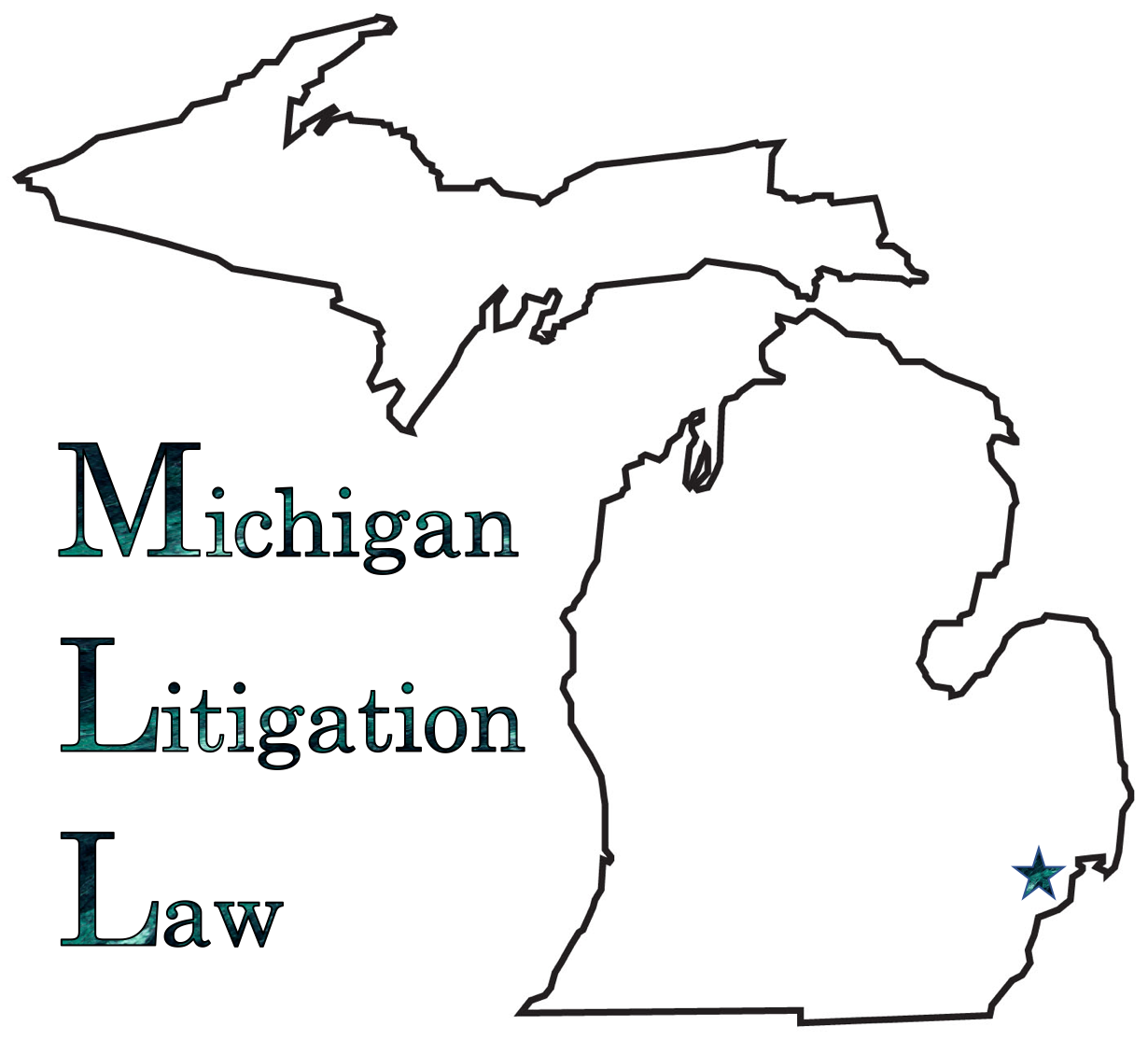What to Do After An Incident with a Problem Employee?
The first thing to do is to document the date of occurrence.
this allows the employer to isolate each event and establish patterns for the ultimate documentation for the employee termination.
Documenting rule violations should correspond with the company’s rules, policies, and procedures.
The employer should include the actual language the employee used, how the incident affected the employee’s duties, and how it affected the company as a whole.
In the documentation of rule violations, the employer should include notes regarding the employer actions taken and conversations with the employee.
Be sure to include details of conversations with the employee regarding performance deficiencies and their consequences, as well as established guidelines and deadlines set for employee improvement.
Also maintain documentation of employee evaluations performed, meetings to assess an employee’s improvement progress, and the level of employee participation throughout the process. Warnings should be issued in writing, and the employee should be required to sign the document to acknowledge receipt of the document.
Finally, always make and retain a written record of disciplinary actions taken against an employee in their personnel files and termination documents.
What to Document after Severance of Employment Relationship?
To ensure consistency in the reasons for termination, a single repository should be created for information on employment separations, and a specific managerial employee should be designated to make, review, and approve future disclosures of such records.
Current Litigation Environment
The current litigation environment even encourages disputes over resignations, and the employer may be faced with demands for an explanation of the reasons for a resignation.
Inconsistencies in the employer’s account of the reasons for the separation may encourage litigation or adversely affect the employer’s ability to defend employee claims.
For example, in Cicero v Borg-Warner Auto, Inc, 280 F3d 579, 592 (6th Cir 2002), the court held that the employer’s changing reasons for termination supported plaintiff’s claim of age discrimination. The employer argued that plaintiff was fired for poor work performance, but the employer did not raise serious complaints about plaintiff’s performance until after he was fired and even then gave “shifting justifications” for the discharge. In addition, the employer gave plaintiff many bonuses during the period of alleged performance inadequacy.

